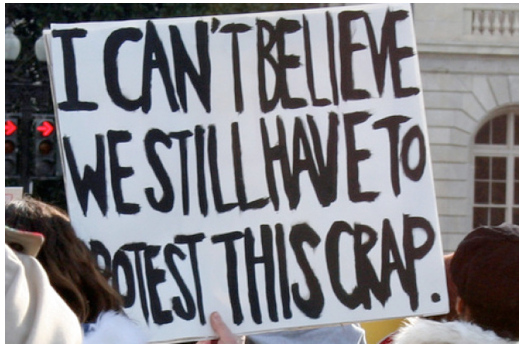CommentsHERE’S WHAT I KNOW-The California Public Utilities Commission has seen better days. Between San Onofre, the San Bruno pipeline explosion and the Aliso Canyon Leak, the commission’s responses are being scrutinized and with good reason. State and federal authorities have been investigating the agency for its alleged friendly relationship with the very same private utilities the agency is charged with overseeing.
The November ballot may include an initiative proposed by Assemblyman Mike Gatto, D-Glendale, that would remove the CPUC’s regulatory authority from the California Constitution, effective July 1, 2018. Under the initiative, the duties of a broken-apart CPUC would be transferred at the Legislature’s discretion to other departments or to a different agency.
The CPUC regulates privately owned electric, natural gas, telecommunications, water, railroad, rail transit, and passenger transportation companies. The agency website is peppered with terms like “protecting consumers,” “safe and reliable,” “reasonable rates,” and “commitment to environmental enhancement,” but it seems the CPUC is falling short on many of those counts.
Gatto, the new chair of the State Assembly Committee of Utilities and Commerce, cites the agency’s mishandling of the 2012 San Onofre nuclear plant closure, the 2010 pipeline explosion in San Bruno, and the ongoing Aliso Canyon gas leak as reasons to support breaking up the CPUC, which he says is too unwieldly to succeed.
The assemblyman’s proposal would repeal Article 12 of the CA State Constitution, which dates back to 1911 when the commission was established as the “railroad board” to weaken the political influence railroad owners had over office holders. The railroad board grew into the PUC the following year, becoming an independent quasi-judicial agency charged with overseeing water, electricity, telephone, and transportation service.
Like many regulatory agencies, however, the commission has become increasingly powerful, setting policy and rates that impact every California business and resident. The agency’s five members are appointed by the Governor for six-year terms. This past October, Governor Brown vetoed a package of six bills that would have reformed the commission.
As Porter Ranch residents await an end to the major gas leak which has forced many families to re-locate from their homes, state and federal prosecutors are pursuing criminal investigations of the commission’s role in the closure of the San Onofre Nuclear Generating Station.
Utility officials and regulators approved an agreement assigning seventy percent of the $4.7 billion cost of the San Onofre closure not to shareholders but to utility customers. The plant closure was caused by a radiation leak due to a faulty steam generator replacement project, much like the situation in Aliso Canyon where SoCal Gas failed to replace valves that might have prevented the leak -- despite receiving the go-ahead for a rate increase to cover the valve replacements.
We certainly need an independent constitutional body to protect consumer interests. San Diego attorney Michael Aguirre, who is suing the commission to overturn the San Onofre settlement, shares how Assemblyman Gatto’s plan just might change how electricity is delivered in California. He favors a move toward public power which is less costly and could be free of the influence of campaign contributions used to curry favor with elected officials.
The fallout from the San Bruno pipeline explosion, like San Onofre, exposed a rather cozy relationship between utility executives and regulators. In fact, it was during a 2013 ex parte meeting in Warsaw, Poland, that Southern California Edison and former commission President Michael Peevey laid out the secret foundation for the 2014 agreement passing on $3.3 billion in costs to utility customers.
It’s time to divest the CPUC of its power and look for new solutions. Consumers must not be forced to absorb the costs of the Aliso Canyon leak as we have had to do for both San Onofre and San Bruno.
Timing is crucial.
(Beth Cone Kramer is a Los Angeles-based writer and writes for CityWatch.) Photo: LA Times. Edited for CityWatch by Linda Abrams.
















